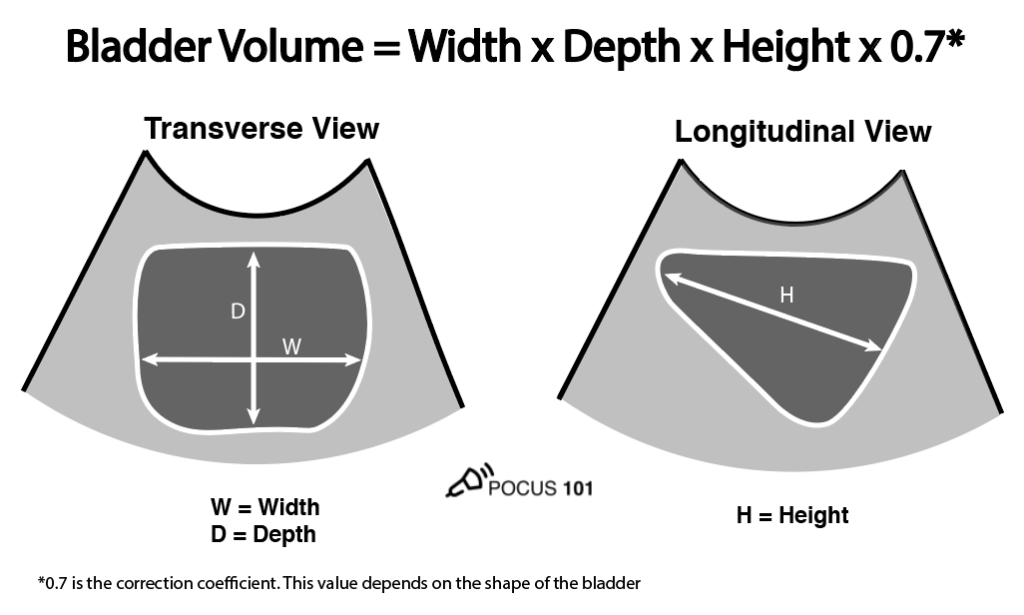

Brain or lumbosacral spine magnetic resonance imaging.Brain or pelvic computed tomography (CT).Renal, bladder, or transrectal prostate ultrasound.The presence and severity of symptoms is a consideration in testing decisions. Therefore, providers may first conduct tests to identify the etiology. Treatment for CUR is dependent on etiology. 1 Acute urinary retention typically is associated with lower abdominal pain and may lead to infection, renal failure, and/or death. Patients with CUR may be at increased risk for urinary tract infections and for experiencing acute urinary retention, which is defined as the sudden onset of the complete or near complete inability to urinate despite the urge or effort to do so. 3 Other causes include Fowler’s syndrome (in women), trauma, postoperative complications, and psychogenic conditions. Examples of neurologic causes include spinal cord injury, stroke, multiple sclerosis, and diabetes mellitus. 3 Examples of infectious or inflammatory causes include Guillain-Barre syndrome and herpes simplex virus. 3 Examples of obstructive causes include benign prostatic hyperplasia (BPH) in men, organ prolapse in women, and urethral strictures in both sexes. Causes of retention can be categorized as obstructive, infectious or inflammatory, neurologic, and other. CUR may be asymptomatic or may be associated with lower urinary tract symptoms such as urinary frequency, urgency, or incontinence. However, it is well understood that this condition affects elderly men more than any other population.ĬUR generally develops slowly over months to years and is not typically painful. Studies of populations of individuals with conditions commonly associated with CUR provide little information regarding the overall burden of CUR. The incidence and prevalence of CUR is unknown. Research studies often use PVR volume greater than 300 ml to diagnose CUR others have used 100 ml, 400 ml, and 500 ml. There appears to be little standardization in the duration or PVR volume necessary for diagnosis and treatment of CUR. 2 In research settings, chronic urinary retention (CUR) typically describes a persistent inability to completely empty the bladder despite maintaining an ability to urinate, which results in elevated postvoid residual (PVR) urine volumes. The International Continence Society defined the chronic retention of urine as a nonpainful bladder that remains palpable after voiding. 1 Retention can be complete or partial and acute or chronic. Urinary retention is the inability to completely empty the bladder of urine.


 0 kommentar(er)
0 kommentar(er)
